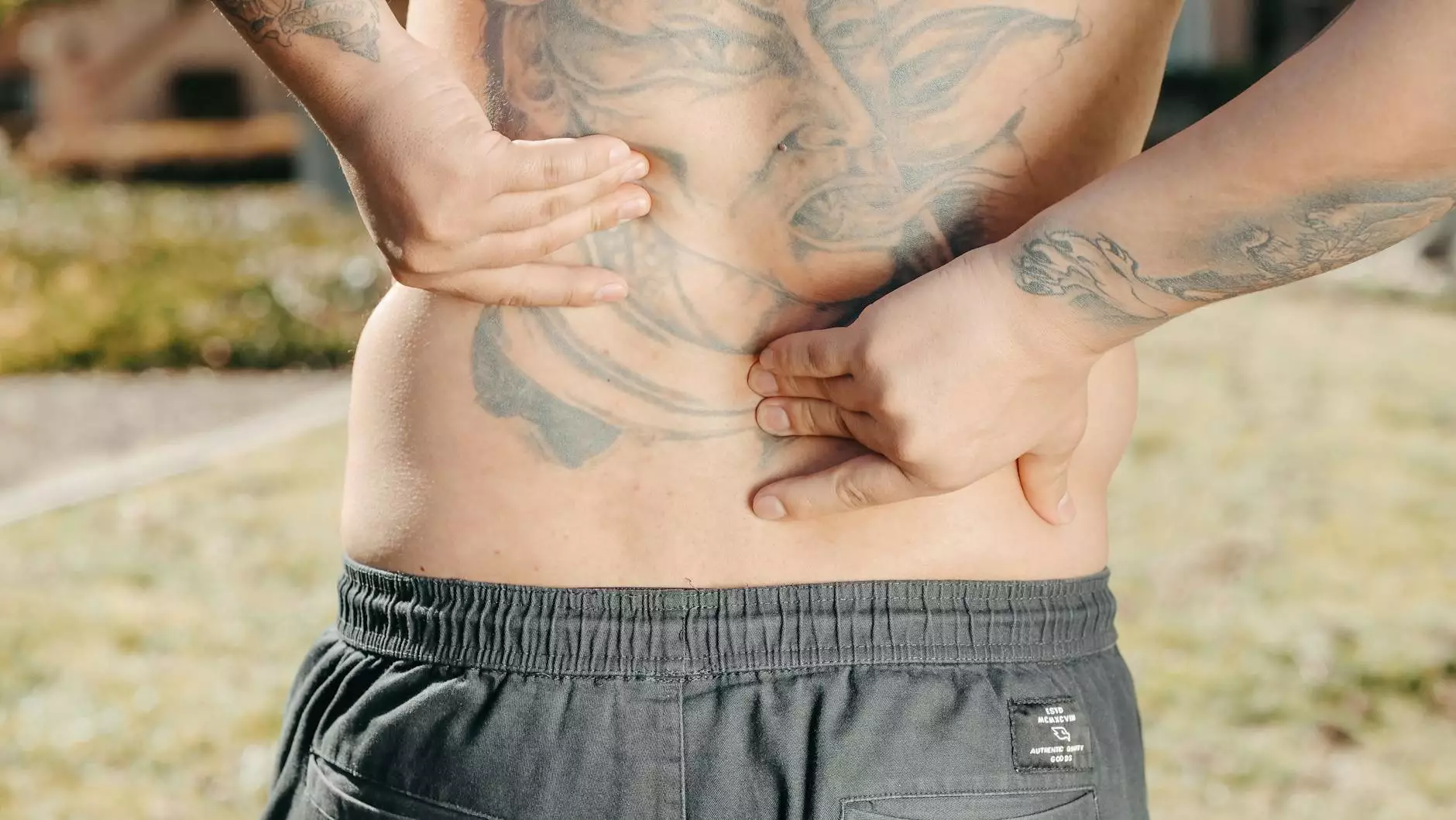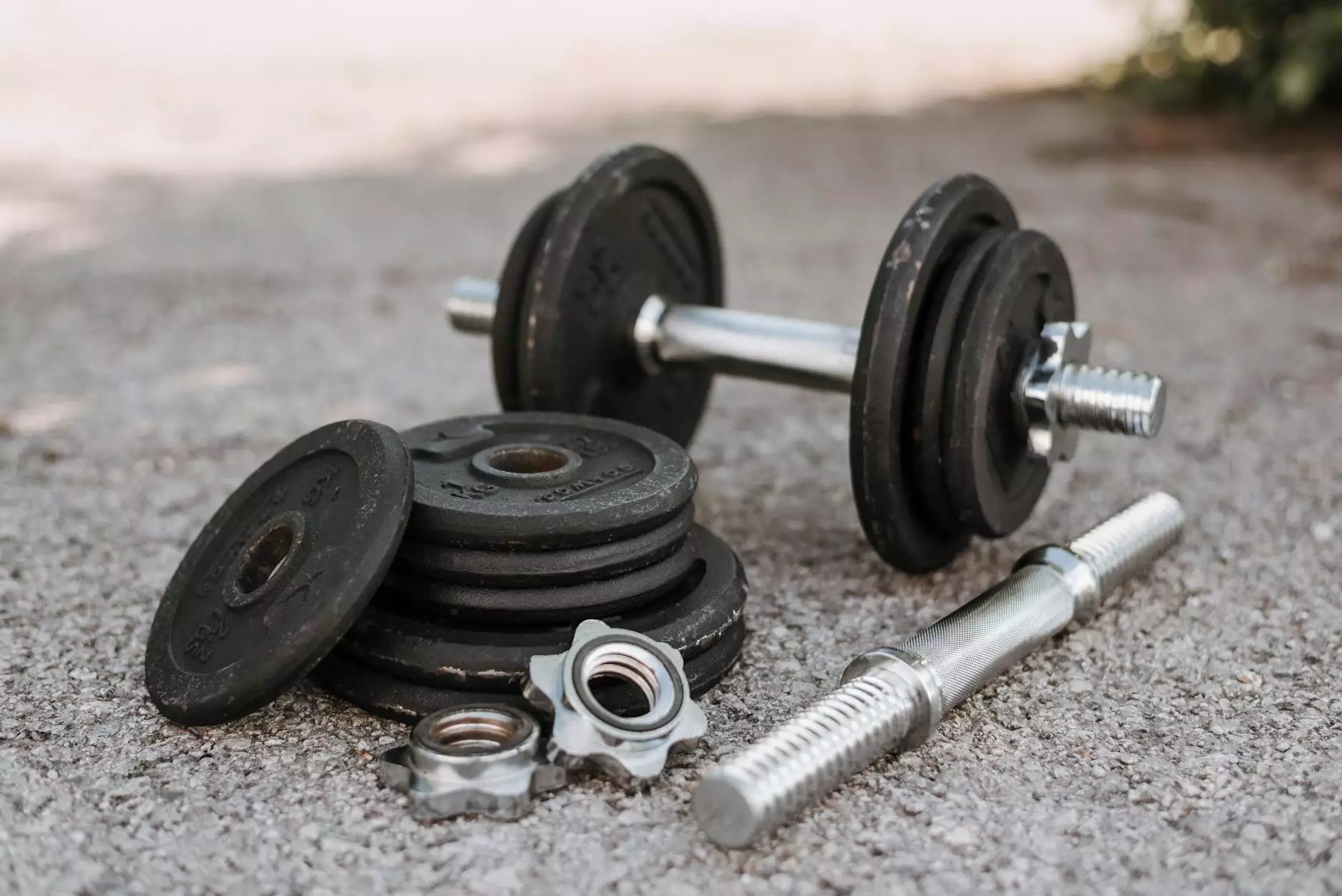Does Riding a Horse Hurt Your Back? Here Are 10 Ways ...
Blog
When it comes to the joy of horse riding, one might wonder if this popular equestrian activity can have any negative impact on the back. Horse riding, especially for seniors, has been proven to offer several physical and mental health benefits. However, it is essential to take necessary precautions to prevent any potential back pain or injuries. In this article, Regency Square Care Center, a leading provider of geriatric and aging care, discusses how horse riding may affect your back and provides 10 crucial tips to maintain back health while enjoying this exciting activity.
The Impact of Horse Riding on Your Back
Horse riding involves constant body movements and interactions with the horse, which can put strain on various parts of the back and spine. Being aware of potential risks allows riders to take proactive measures to protect their back health.
1. Poor Posture and Alignment
Improper posture while riding can put excessive pressure on the spine, leading to back pain and discomfort. Maintaining a correct posture, with a straight back, relaxed shoulders, and aligned spine, is crucial for minimizing the risk of injury. Regular stretching exercises and core strengthening can help riders maintain proper alignment on the horse.
2. Repetitive Movements
Riding a horse often involves repetitive movements, such as trotting or cantering. These consistent motions can cause strain on the back, particularly if the rider is not engaging their core muscles effectively. It is important to engage the core muscles and distribute the workload evenly to prevent excessive stress on the back muscles.
3. Jarring and Impact
While horse riding, riders are exposed to jarring and impact forces when the horse trots, canters, or jumps. These sudden movements can strain the back muscles and lead to discomfort or injury. Properly absorbing and distributing these forces through correct riding techniques and maintaining balance is crucial for minimizing the impact on the back.
4. Incorrect Saddle Fit
Using an improperly fitted saddle can lead to significant back pain and discomfort. It is essential to ensure that the saddle fits both the rider and the horse correctly to avoid unnecessary pressure on the spine and back muscles. Seeking professional assistance in fitting the saddle can help prevent long-term back issues.
5. Lack of Warm-Up and Cool-Down
Skipping warm-up and cool-down exercises before and after horse riding can increase the risk of back pain and stiffness. Performing stretches and gentle warm-up exercises prior to riding helps prepare the back muscles for activity, while a proper cool-down routine helps relax the muscles and prevent post-riding tightness.
Preventing Back Pain While Horse Riding
To ensure a safe and enjoyable horse riding experience, it is crucial to adopt preventive measures that protect your back. Here are 10 tips to help riders maintain optimal back health:
- Invest in Core Strengthening Exercises: Strengthening your core muscles through specific exercises can help stabilize your spine and reduce the risk of back pain.
- Practice Proper Posture: Focus on maintaining correct posture while riding, ensuring your back is straight, shoulders relaxed, and spine aligned.
- Use a Well-Fitted Saddle: Ensure your saddle fits both you and your horse properly to avoid unnecessary back strain.
- Adopt a Gradual Riding Routine: Start slowly and gradually increase the duration and intensity of your rides to allow your back muscles to adapt and strengthen gradually.
- Warm-Up and Cool-Down: Always perform warm-up exercises before riding to prepare your muscles, and engage in a proper cool-down routine afterward to prevent stiffness and soreness.
- Become Mindful of Your Movements: Pay attention to your body while riding and make sure you are distributing your weight evenly and absorbing any impact efficiently.
- Take Breaks and Listen to Your Body: If you feel any discomfort or pain, take breaks and listen to your body's signals. Pushing through pain can worsen existing back issues.
- Stay Hydrated and Fuel Your Body: Proper hydration and adequate nutrition help support overall muscle health and prevent fatigue while riding.
- Stretch Regularly: Incorporate regular stretching exercises into your routine to improve flexibility and reduce muscle tension.
- Seek Professional Guidance: Consult with a qualified riding instructor or physical therapist who can provide personalized advice and techniques to protect your back while horse riding.
Conclusion
Horse riding can be a fulfilling and enjoyable activity for individuals of all ages, including seniors. However, it is important to understand the potential impact on your back and take necessary precautions to prevent pain and injuries. By practicing proper posture, engaging core muscles, using well-fitted saddles, and following essential tips, you can greatly minimize the risk of experiencing back problems while indulging in horse riding. At Regency Square Care Center, we prioritize the well-being of seniors, ensuring they can maintain an active lifestyle with reduced discomfort. For more informative articles about health and aging care, be sure to explore our blog!










